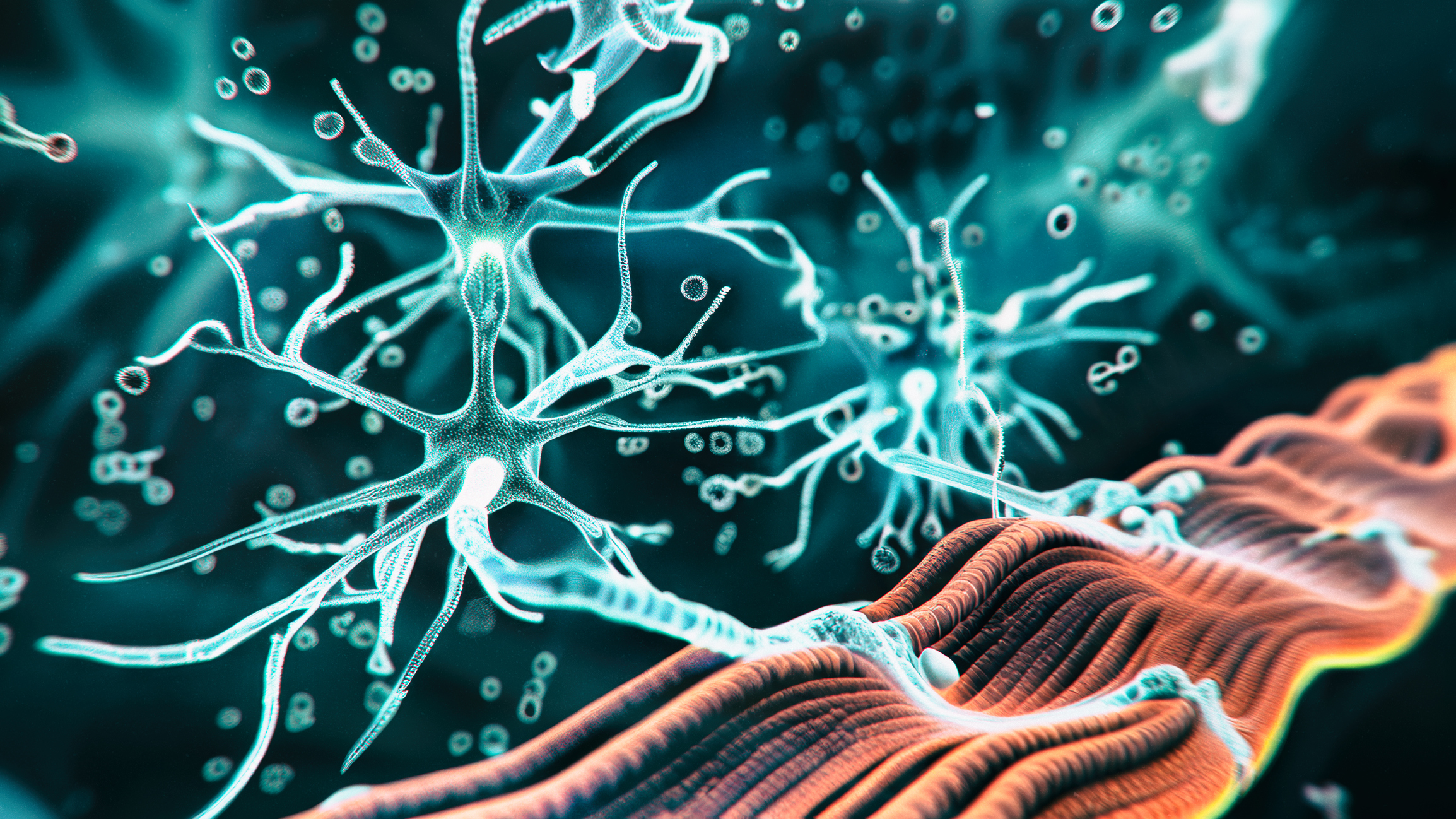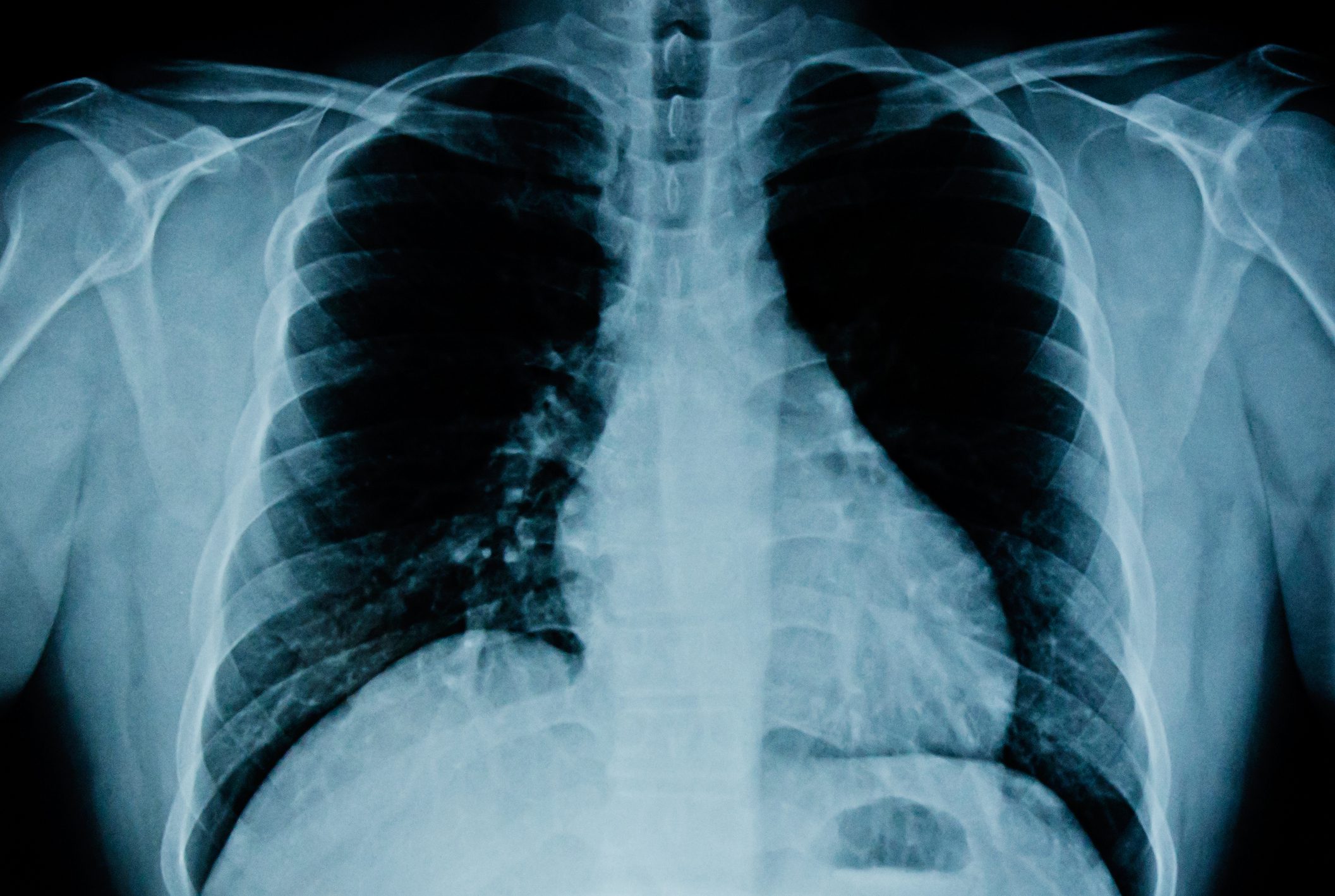Case report of a 16-year-old female patient who received intensive care for over a year due to persistent desire to die – both 1:1 care and restraint techniques and fixations were used.
The initial situation and admission situation in adult psychiatry was as follows: After nine months of inpatient treatment in the KJP, the 16-year-old patient was transferred to an acute care unit of the EP in order to change the environment and break through entrenched dysfunctional behavior patterns, but also to relieve the pretreatment team. The patient had been under 1:1 care around the clock for several months and still inflicted severe self-injury on herself daily (leathering the skin by scratching it with her fingernails, banging her head against the wall, attempting strangulation). In the course of an increasingly escalating course, the nursing team finally detained the patient up to eight times a day. In each case, the patient fell into a severe state of agitation with dissociative aspects after initial initiation of the self-injurious acts close to consciousness. These processes could not be reduced by preventive care or by not intervening. In individual sessions, the patient refused any psychotherapeutic interactions or life-affirming activities, citing her death wish. She could not enter into binding agreements.
Previous story
The patient was born in Switzerland as the second child of healthy academics. In early childhood, he was diagnosed with infantile cerebral palsy of the hypotonic type, and motor development was delayed. Coordination and fine motor skills were impaired, but the patient learned to walk, speak, and was able to attend a special school. A diagnosis of expressive and receptive language disorder of unclear cause was made. Suspicion of fragile X syndrome was investigated genetically, but was not confirmed. Intelligence could not be tested psychologically due to the speech disorder, was assessed as slightly decreased. From the age of ten, the patient was regularly examined by pediatricians and neurologists because she complained of severe headaches and other somatic symptoms. “Seizures” also occurred, but were classified electroencephalographically as not being of epileptic origin.
According to parents’ reports, the patient had participated in family life. However, he said, it was noticed early on that any emotions caused the patient severe agitation, which she could only manage by ending the situation. Besides school, the patient played an instrument and did sports, had friends. The patient achieved a special education diploma and applied for apprenticeships. The parents described that the patient dreamed of becoming a child care worker and could not accept that she lacked the necessary prerequisites for this. After several refusals of apprenticeships, the patient became increasingly withdrawn. The patient, accompanied by her parents, presented several times to the consultation hours of the KJP because of anxiety and suicidal thoughts and was finally admitted as an inpatient.
Treatment setting after change of ward
The 1:1 care initially continued after transfer to the adult psychiatric unit. Attempts at self-injury continued to occur daily; in particular, the patient banged her head violently against the wall during states of agitation. This behavior could only be broken by holding and fixing the patient in the belt bed. Apart from these outbursts, the patient also slept during the day, read books, and watched TV series. The patient took her meals in a single room. Contacts by physicians and nursing, psychologists, occupational and physical therapists turned out to be largely one-sided. Parents visited several times a week and told the patient about family activities, played board games, and shared meals with the patient. Initially, the demands on the patient were reduced to minimal cooperation in maintaining a daily routine. Relationship offers continued to be made. The patient was gradually able to engage in occupational and exercise therapy, but consistently rejected psychotherapeutic offers.
A simple daily structure was finally negotiated and implemented with the patient. After a few weeks, the daily fixations could be dispensed with, as the patient increasingly allowed alternatives. She began to cooperate in crisis states to reduce tension. Likewise, after a few more weeks, it was possible to end 1:1 care. Monitoring frequency was gradually reduced and the patient made contact with fellow patients. Accompanied by her father and a caregiver, the patient began making garden visits after not leaving the wards for almost 1.5 years.
Therapeutic approaches
In the following, therapeutic measures are explained, which were taken in the further course of the treatment in different areas.
Relationship design: The nursing caregiver became an important contact for the patient, in addition to the parents. The interaction between caregiver and patient was partly nonverbal and playful with high acceptance and respectful boundary setting. Any behavior on the part of the patient was responded to with routine composure in accordance with the regulations that had been discussed in advance and communicated transparently to the patient. The attending physicians made almost daily offers to talk and at the same time maintained close communication with the parents. The patient thus got used to the staff and gained confidence. Short dialogues about everyday things were well tolerated by the patient. However, as soon as a conversation about future perspectives, the patient’s concrete role in shaping her life or the acquisition of skills took place, the patient entered into strong states of tension, which were only reduced again when she was relieved of demands.
Medication: Drug treatment trials were consecutive with antipsychotics and sedatives (quetiapine, zuclopenthixol, olanzapine, haloperidol, pipamperone, lorazepam, and diazepam) and an SSRI (fluoxetine) without sustained symptom reduction. Most recently, treatment with clozapine and valproic acid was started, which was associated with a gradual improvement in impulse control and reduction in agitation states. Rarely, the patient took a small dose of lorazepam when tense. After human genetic workup with the diagnosis described below, off-label therapy with galantamine was established.
Occupational and movement therapy: a gradual approach by occupational and movement therapists took place. The patient was able to engage in activities that appealed to her creativity and did not require demanding verbal communication. She learned knitting and silk painting. Physical activity (dancing to music) became part of their daily routine.
Psychotherapy: Psychotherapy did not initially take place due to the patient’s strong rejection. Only after a long period of relationship and trust building could cautious conversations with psychotherapeutic content be started. The acceptance of the patient’s wish to die by the physician and parents, with constant emphasis on the therapeutic goal of reducing the patient’s suffering, led to the patient’s willingness to cooperate.
The patient learned new behaviors for emotion regulation and expressing her needs. The treatment team worked with a clearly structured behavior plan. This enabled the patient to implement alternative courses of action under guidance, in particular skills for tension reduction from the repertoire of dialectical-behavioral therapy. Pain stimuli and stress tolerance skills in particular were able to yield deflection. Recognition and naming of feelings continued to be practiced, but alexithymia, which is not very accessible therapeutically, must be assumed.
Diagnostics
In the course of many years of treatment, some diagnostic conclusions could be made through the course.
Deletion syndrome 15q13.3: Because the patient’s overall symptoms were syndromal in character (developmental delay, speech impairment, craniofacial dysmorphia, tall stature, and behavioral disturbance), a microarray study of the patient’s genome was performed. It turned out that a significant amount of genetic material was missing on chromosome 15. This can be inherited, but can also occur spontaneously. The affected genes (FAN1, TRPM1, MIR211, KLF13, OTUD7A, and CHRNA 7) are associated with ADHD, schizophrenia, and more globally, CNS development [1]. Since diagnosis, the patient has been treated off-label with the therapeutic galantamine based on published success in individual cases [2]. For the patient and her family, the new diagnosis seemed to lead to some relief, as it offered a possible cause for symptoms and life circumstances that were previously unexplained. Unfortunately, cranial imaging (cMRI) could not be performed.
Possible correlations with psychopathological symptoms
It is postulated that in 15q13.3 deletion syndrome, the altered CHRNA7 gene in particular has far-reaching effects. It encodes a subunit of the nicotinic acetylcholine receptor, which is expressed on certain interneurons of the brain. A recent study reports a mouse model that identifies this very mechanism (the missing alpha7 subunit of the nAChR on PV interneurons) as a possible cause of cognitive impairment in schizophrenic disorders [3]. Altered interneuron activity likely sets off a cascade of compensatory mechanisms early in CNS development. Impaired cholinergic modulation of inhibitory activity of interneurons can be seen in relation to the assumption that gamma oscillations of the brain are “orchestrated” by interneurons [4], which in turn seem to be impaired in various psychiatric diagnoses [5]. To conclude from neurobiology to concrete symptoms would be daring. However, various deletion and duplication syndromes may manifest as autism spectrum disorder, which may be accompanied by depressive and psychotic symptoms. According to ICD-10, an autism spectrum disorder is characterized by qualitative impairments in reciprocal interaction and communication and by a restricted, stereotyped repertoire of interests and activities, which constitutes part of the core symptomatology of the patient presented here.
Discussion
It can be assumed that the patient described was well integrated into her environment by considerable efforts of the family and psychopathologically compensated until her deficits became so obvious to her in the course of adolescence and the accompanying demands that this led to helplessness and despair. After a phase of somatizing symptoms, the patient developed existential anxiety until persistent suicidality manifested. After experiencing that psychiatric support services did not immediately provide the hoped-for support and reduction of her (possibly congenital) cognitive and interactional deficits, the patient learned to secure the attention of the treatment providers through dysfunctional behaviors and eventually to avoid being alone completely.
Several factors appear to have contributed to the reduction in self-injury after the change in setting to EP. The predictable and sometimes unpleasant consequences (fixation) of dysfunctional behaviors, together with positive reinforcing factors, gave the patient sufficient incentive to change behavior. Explicit acceptance of the patient’s wish to die while supporting her regulation of her state of mind and relieving her of demands was able to reduce her anxiety. Nonverbal approaches as well as low-threshold behavioral interventions were acceptable to the patient due to the non-obvious therapeutic claim. Verbal interactions were kept short throughout to avoid stressful situations. The diagnosis of 15q13.3 deletion syndrome helped to improve the understanding of the situation. Medication is probably of secondary importance, but switching to a combination of clozapine and valproic acid and, in the course, galantamine, was associated with a reduction in tense states for the first time. By adjusting the goal setting and moving away from a curative treatment goal, a therapeutic alliance with the patient was achieved for the first time. However, a certain reluctance to cooperate remained until the end and, in addition to a paternalistic attitude on the part of the treatment team, it required the intervention of the parents in particular to make this development possible.
Summary
A 16-year-old female patient on admission received intensive care for persistent desire to die and self-injurious behavior for more than a year, using both 1:1 care and restraint and fixation techniques to prevent self-harm. Initially, drug treatment strategies failed to have any effect, and psychotherapeutic access was hardly possible. Only by accepting the persistent death wish on the one hand and focusing the interaction on the momentary well-being could a therapeutic relationship be established. The diagnosis of a 15q13.3 deletion syndrome, which may be associated with symptoms from the autistic, affective, and psychotic spectrum of disorders, helped relieve the burden on the closely involved family. After a stay of about two years in acute wards of child and adolescent psychiatry (KJP) and adult psychiatry (EP), the transition to an assisted living facility could be completed as a developmental step.
Literature:
- Shinawi M, et al: A small recurrent deletion within 15q13.3 is associated with a range of neurodevelopmental phenotypes. Nature Genetics 2009; 41: 1269-1271.
- Cubells JF, et al: Pharmaco-Genetically Guided Treatment of Recurrent Rage Outbursts in an Adult Male With 15q13.3 Deletion Syndrome. American Journal of Medical Genetics 2011; 155A: 805-810.
- Lin H, Hsu FCh, Baumann BH, et al: Cortical parvalbumin GABAergic deficits with α7 nicotinic acetylcholine receptor deletion: implications for schizophrenia. Molecular and Cellular Neuroscience 2014; 61: 163-175.
- Cardin JA, et al: Driving fast-spiking cells induces gamma rhythm and controls sensory responses. Nature 2009; 459: 663-667.
- Herrmann CS, Demiralp T: Human EEG gamma oscillations in neuropsychiatric disorders. Clinical Neurophysiology 2005; 116: 2719-2733.
InFo NEUROLOGY & PSYCHIATRY 2017; 15(3): 23-26.












